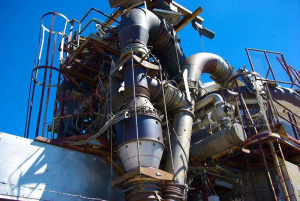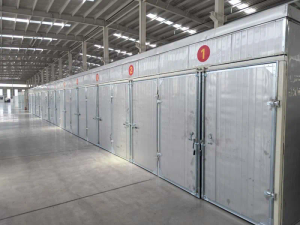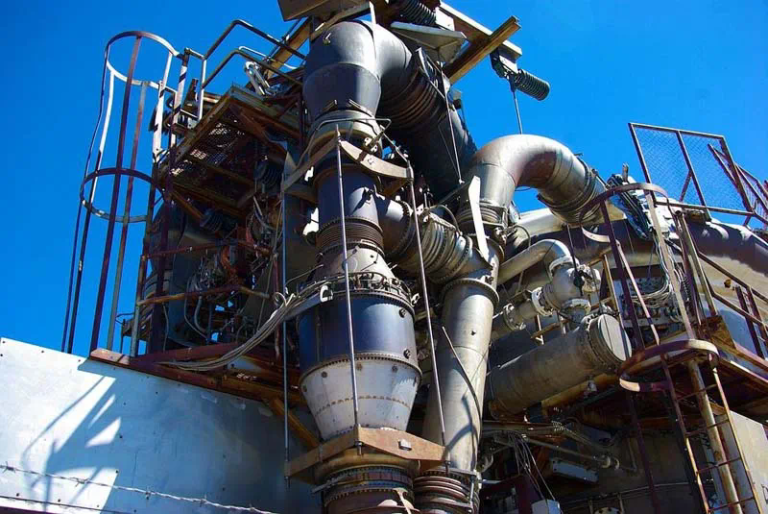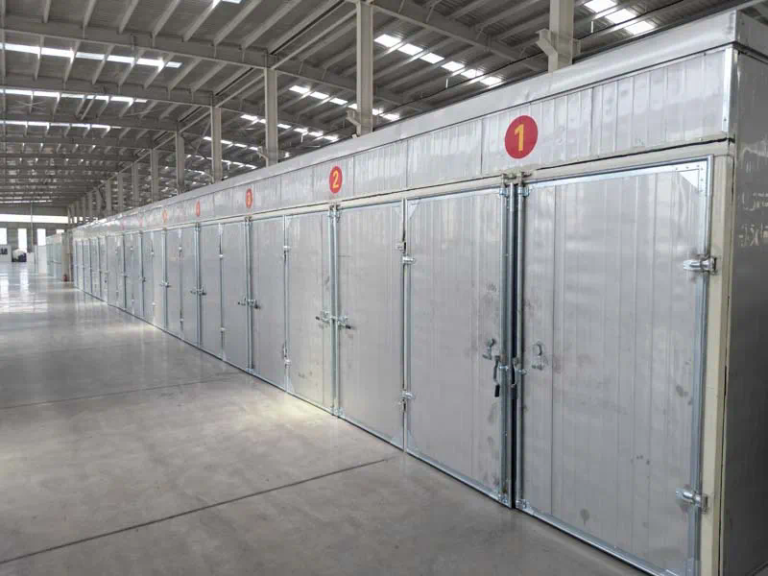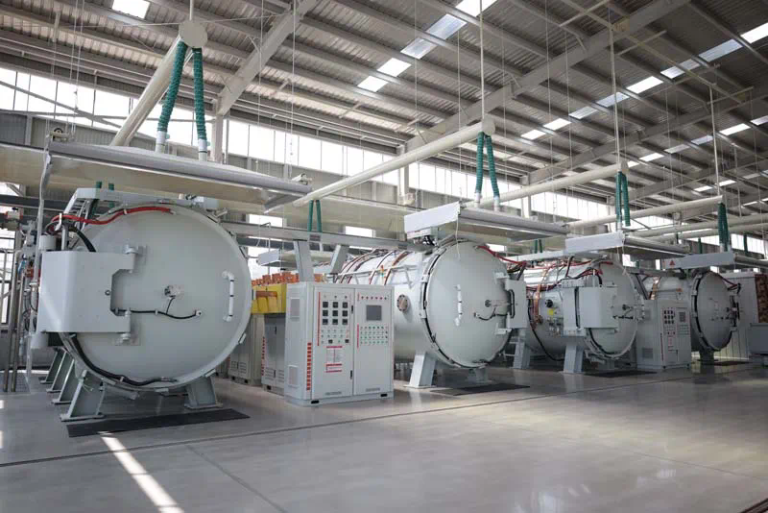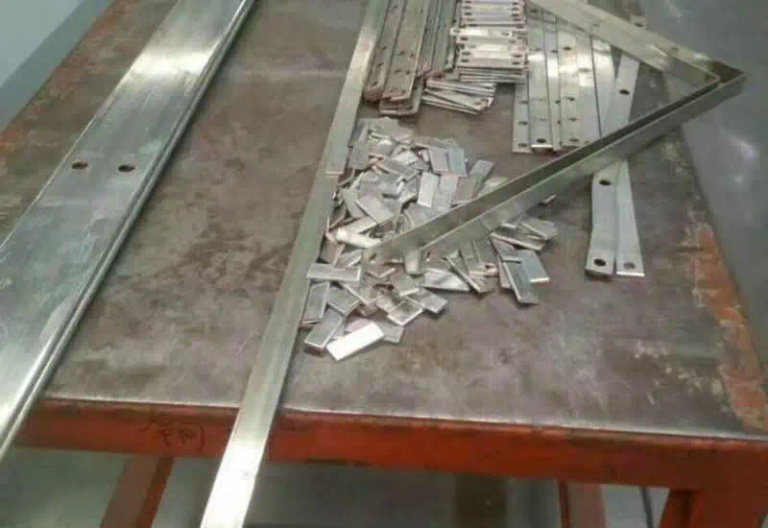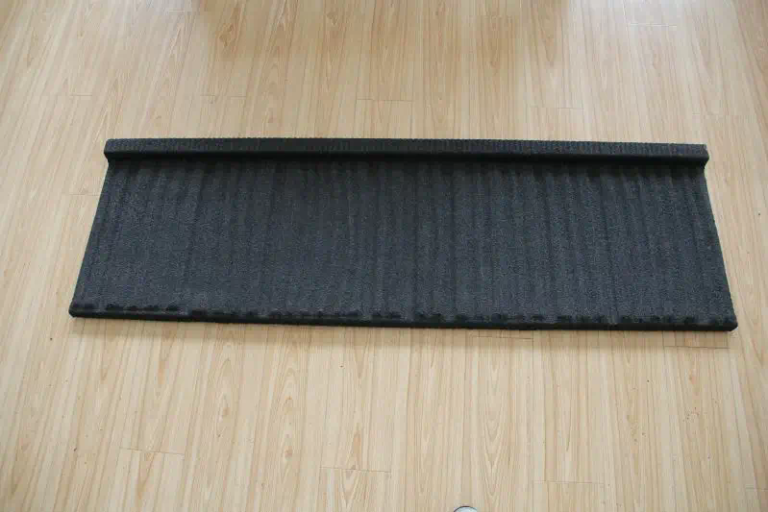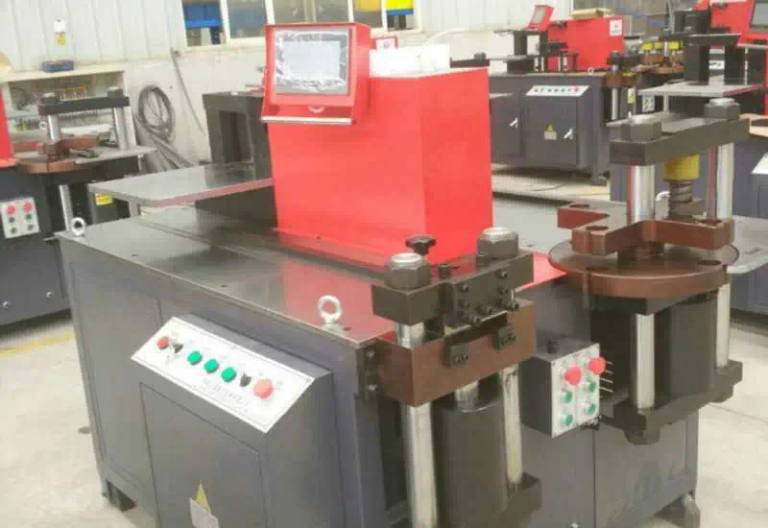Introduction
Humans have been involved in the automotive industry for hundreds of years, and the technology that has been developed and implemented over this time has been essential for the progress of the industry. This progress has been able to come about through the use of Human-Machine Interfaces (HMIs) which are designed to interact with the machines in a more efficient manner. HMIs are designed to be operated by humans and are used to control, monitor and manage the machines in the automotive industry. In particular, HMI displays have been instrumental in helping to optimize the performance of automotive machines, as they provide an easy-to-use interface for the user to interact with the machine. This article will look at how HMI displays are used to optimize performance in the automotive industry, and the benefits that can be gained from using them.
What is an HMI Display?
HMI stands for Human-Machine Interface. It is an interface between humans and machines, where humans interact with the machine via the HMI display. HMI displays are typically found in cars, trucks, and other vehicles, and they provide a visual interface for the user to control and monitor the machine. HMI displays can be touch-sensitive or non-touch, depending on the type of machine they are being used with. The primary purpose of an HMI display is to provide the user with a means of controlling and monitoring the machine in a more efficient and effective manner than would be possible without the display.
Benefits of HMI Displays
HMI displays have become a key component of the automotive industry, as they provide a range of benefits that can help to optimize the performance of the vehicles. Some of the benefits of HMI displays include:
- Increased Efficiency: HMI displays are designed to be as intuitive and user-friendly as possible, so users can quickly interact with the machine and get the job done in a more efficient manner. This increased efficiency can help to reduce the amount of time needed to complete a task, which can help to reduce costs and increase profits.
- Improved Safety: HMI displays can be used to monitor the performance of the machine and alert the user if there is a problem. This can help to prevent accidents and other dangerous situations from occurring, as the user can be made aware of any potential problems before they become serious.
- Increased Productivity: By optimizing the performance of the machine, the user can complete tasks more quickly and accurately. This increased productivity can help to increase the profitability of the company.
- Better User Experience: HMI displays can provide users with a more enjoyable experience when interacting with the machine, as they are designed to be as user-friendly as possible. This can lead to greater customer satisfaction and loyalty.
HMI Displays in Automotive Industries
HMI displays are used in a variety of automotive industries, such as in cars, trucks, buses, and other heavy machinery. In cars, HMI displays are typically found on the dashboard, where they can be used to control the various functions of the vehicle, such as the navigation, audio, and climate control systems. In trucks and buses, HMI displays can be used to monitor the performance of the vehicle and provide feedback to the driver. In heavy machinery, HMI displays can be used to control and monitor the various components of the machine, such as the engine, transmission, and other systems.
Optimizing Performance with HMI Displays in Automotive Industries
Conclusion
HMI displays have become an essential part of the automotive industry, as they provide a range of benefits that can help to optimize the performance of the machines. HMI displays can be used to increase efficiency, improve safety, increase productivity, and provide a better user experience. HMI displays are

